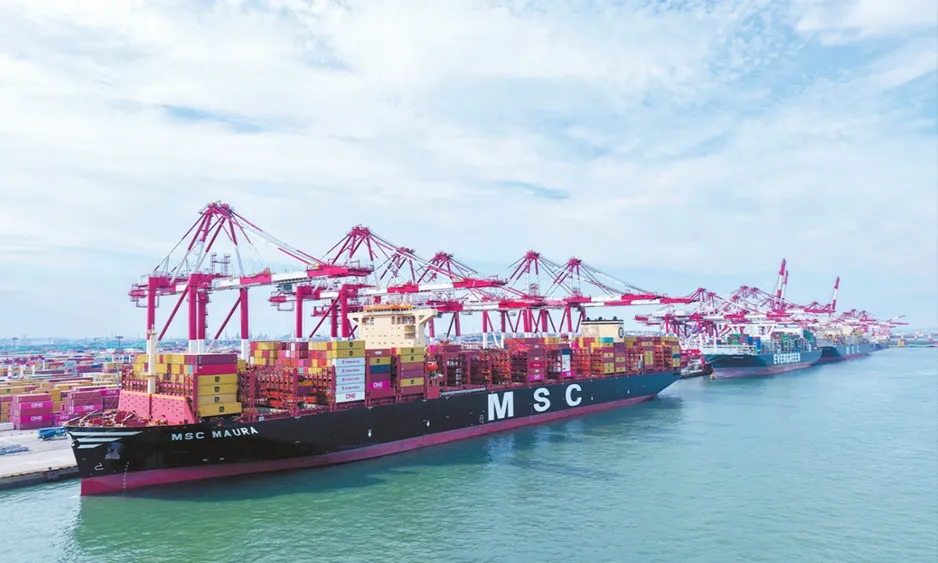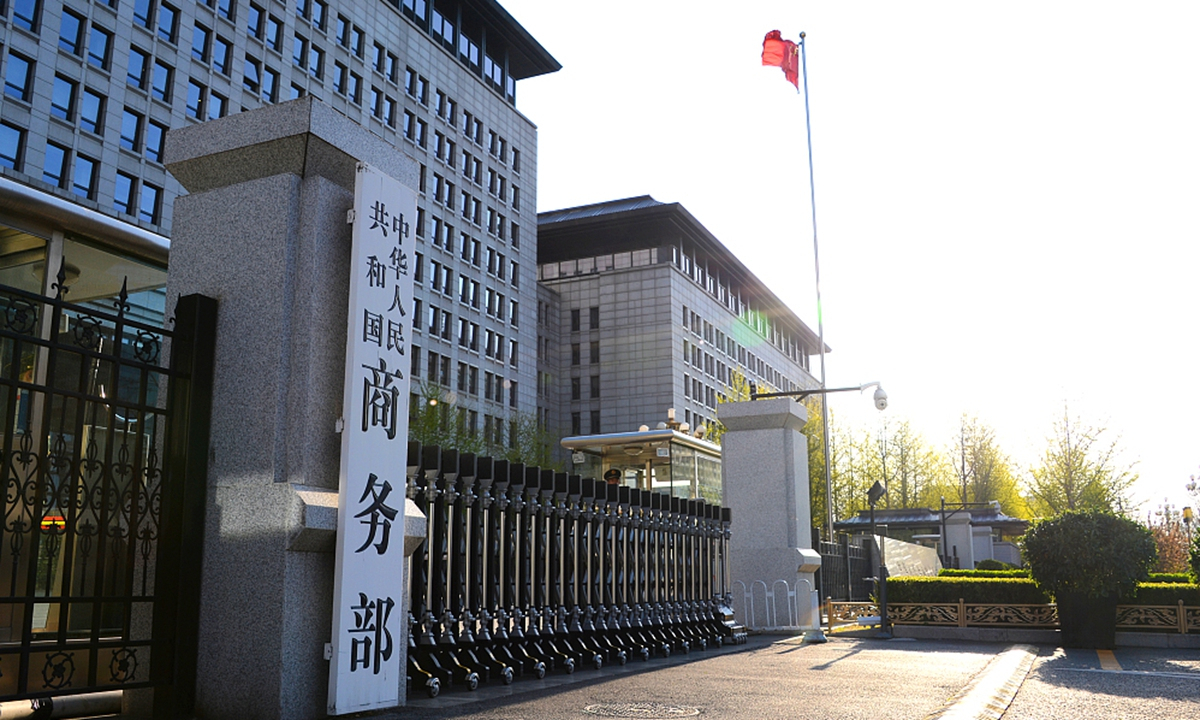China's Export Growth Set to Rise in Second Half of Year

China's export growth is anticipated to rise in the second half of the year, buoyed by favorable trade conditions and ongoing market diversification efforts, as indicated by the National Bureau of Statistics (NBS). Despite a rapidly evolving trade landscape and heightened instability, China's overall imports and exports have shown consistent growth since the beginning of this year.
Fu Linghui, spokesperson for the NBS, highlighted that although exports to the United States have seen a decline due to elevated tariffs, China remains steadfast in its commitment to high-level opening-up and seeks to enhance trade relationships with countries around the globe through mutually beneficial cooperation.
This insight comes in light of the recent extension of the tariff truce between China and the US for an additional 90 days, raising inquiries about its implications for China's export performance in the coming months. The discussion has centered on whether previously noted front-loading effects might diminish performance in the latter half of the year and what potential sources of export growth might emerge.
Data from July indicates that China's total imports and exports rose by 6.7 percent year-on-year, marking an acceleration from the previous month. Notably, exports increased by 8 percent from the same month last year, demonstrating two consecutive months of enhanced growth, which is expected to stimulate global market demand and aid in the recovery of the world economy.
The import sector also showed signs of gradual recovery, with goods imports rising by 4.8 percent year-on-year in July, reflecting a significant uptick from the previous month. This recovery signifies a boost in global market demand and injects momentum into the international economic revival.
Looking ahead to the latter half of the year, several positive factors are expected to support China's export growth. Notably, trade diversification is proving effective despite declining exports to the US, with exports to ASEAN countries increasing by 14.8 percent, to the EU by 8.2 percent, and to Belt and Road Initiative countries by 11.7 percent from January to July.
Additionally, the competitiveness of Chinese export products is on the rise. Companies are enhancing their independent research and development capabilities while optimizing product structures and increasing technological content, thereby bolstering international competitiveness and supporting export growth.
Between January and July, exports of mechanical and electrical products saw a 9.3 percent year-on-year increase, driven by a 21.8 percent rise in integrated circuits. Exports of high-tech products also fared well, advancing by 7.2 percent in the same timeframe.
Since the start of the year, foreign trade companies, particularly private enterprises, have been actively adapting to external market fluctuations. With support from governmental initiatives aimed at promoting private sector development, these firms have been crucial in facilitating foreign trade growth.
From January to July, private enterprises recorded an 8.7 percent year-on-year increase in exports, outpacing the overall growth rate of goods exports. Furthermore, regional and departmental efforts continue to reinforce foreign trade stability and promote its high-quality development, assisting enterprises in order maintenance and market expansion.
Despite the backdrop of weak global economic growth and persistent uncertainties, which exert pressure on China's foreign trade and create operational challenges for certain enterprises, China remains unwavering in its commitment to a high-level opening-up, ensuring a proactive approach to future trade endeavors.
Read These Next

Fed's Daly Says Economic Growth Slowing But No Recession
Fed's Daly says U.S. economy is slowing but not in deep recession, highlighting strong fundamentals and guiding investors.

China Sues Canada at WTO Over Steel Import Restrictions
China has sued Canada at the WTO over steel import restrictions, claiming they violate trade rules and damage its economy.

Cayman Islands Cuts U S Treasury Bonds to 442 7 Billion
Cayman Islands' U.S. Treasury securities fell by $300M in July, totaling $442.7B, affecting investor sentiment and market trends.
